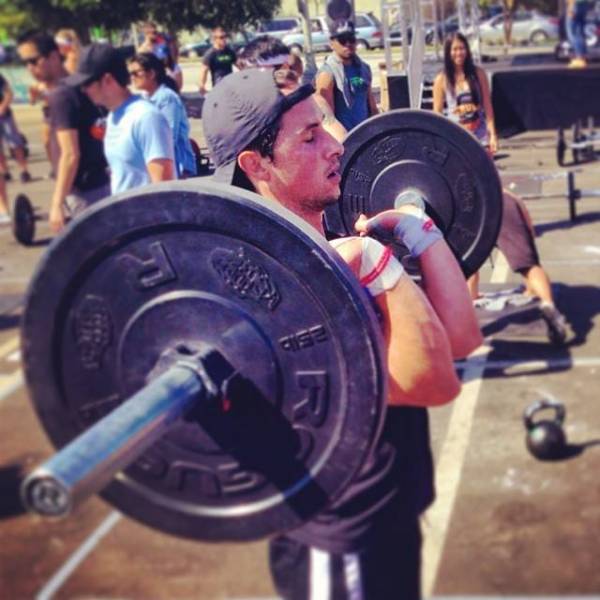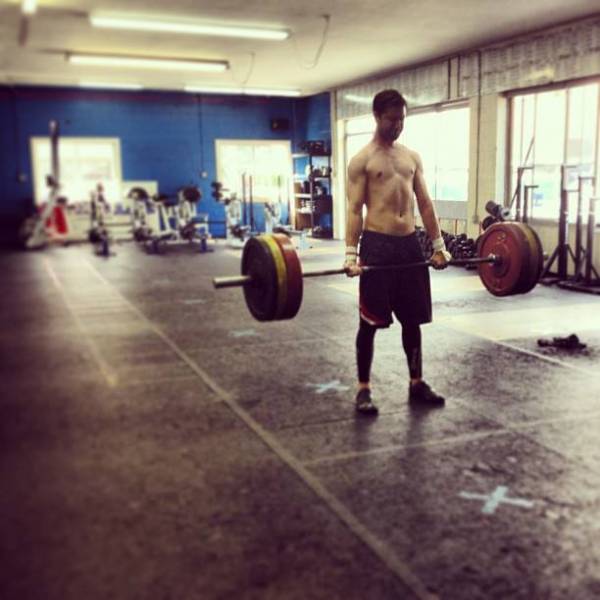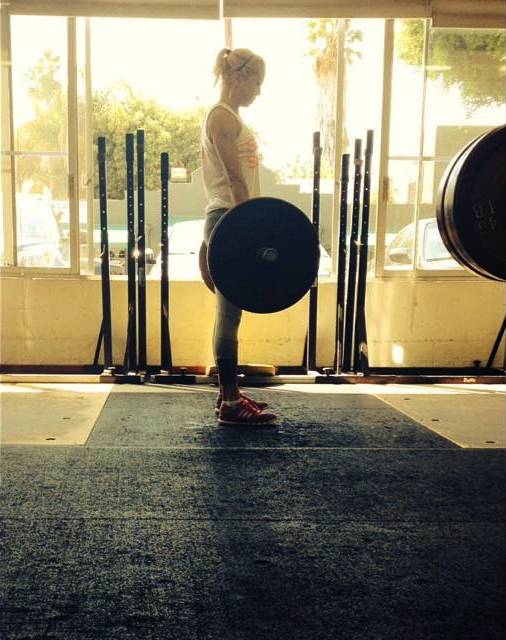“The most underrated principle of strength training is…” I asked this question on my Strength Education Facebook page recently, and received some excellent replies: Consistency. Sleep. Recovery. Patience. Simplicity. And so on. I agree with them all.
But there is one umbrella principle that covers all of these things and more. It is underrated on many levels. It is the principle of balance.
“The most underrated principle of strength training is…” I asked this question on my Strength Education Facebook page recently, and received some excellent replies: Consistency. Sleep. Recovery. Patience. Simplicity. And so on. I agree with them all.
But there is one umbrella principle that covers all of these things and more. It is underrated on many levels. It is the principle of balance.
Balance Is Fundamental
The principle of balancing our training with everything else is fundamental to optimizing performance.
If you are able to tweak your training balance through life’s ups and downs, you will always be able to keep yourself in check, and more importantly, keep yourself in training.
To achieve this balance, you need to be able to take a step back and see your training in context of everything else you are doing. And that is the purpose of this article.
To provide context for your training, along with my tips for finding and maintaining balance. Here are five contexts to consider when it comes to balancing your training:
Context #1: Training and Life
I often joke about life getting in the way of training, but it’s true. There are going be times when life prevents you from training as you would like.
This may be because of good things or bad things, but either way, the effect on your training is a shift in the wrong direction.
Creating a Balance: Schedule your training in your diary, just like you would a meeting, or an important dinner. This way there is less chance of you putting something else in its place. Unexpected events are still going to blindside you once in while, but when this happens, don’t sweat it. Minimize any “damage,” and draw a line under it. If you can catch up on your training, then do so.
I’ve also found it’s helpful to follow a specific base program. I’ve written about finding your base movement before. Even if you end up just hitting this movement three times a week in a structured format, it gives you a specific amount of work to accomplish and keeps you ticking over. This can help make sure you don’t skip the gym when you don’t actually need to.
Context #2: Training and Competition
Competition is important. Among other things, it allows you to test everything you’ve been training under stringent standards.
It gives you a platform, sometimes literally, to showcase your hard work. It provides you with focus and a timeframe. And last but not least, this is all hopefully in front of supporters who will do their best to spur you on to greater things.

However, for many of the same reasons just described, competition is a draining process.
It takes its toll on the body and mind before, during, and after the event. More so than many people realize (if I had a pound for every time I’ve heard “But it’s only six lifts,” or, “I do more work than that in a typical training session.”). The time and energy spent to prepare, rest up adequately, compete, and recover can be debilitating to long-term progress.
Creating a Balance: Be selective about your competitions. Yes, they are fun, but assess which will be your main competitions of the year, how important they are to you, and work back from that. If these competitions are important to you, then are all the others on your schedule helping you prepare for this, or are they detracting from it? Make balanced decisions accordingly.
Context #3: Training and Social
I know some of you reading this will scoff at this one. Surely when you are in the gym, you are there to train, first and foremost. Not to chat or see friends. I agree, but not everyone has that same mentality. And that’s okay, too.
Many CrossFit boxes and other functional fitness gyms are built on and powered by a strong community spirit. So to tell those people that their time at the gym is strictly for training, with little or no social interaction, is a bit contradictory.
Creating a Balance: If you are in a group class and sharing equipment, be firm but friendly in terms of making sure everyone is keeping up pace. Also, learn to “switch on” your lifting head. Perhaps due to being a coach and training in the same gym I coach at (more on that in a second), I have learned how to go from friendly to focused in a matter of seconds. You could anchor this mind-set through a physical cue such as putting your hood up or stomping, which also alerts others you are ready to lift now. Double winner.
Context #4: Training and Coaching
For you fellow coaches, I am sure you have experienced times when you have foregone your own training for the sake of your coaching commitments.
Or if you were lucky, you had a choice presented to you. Mostly when that choice appears for me, I tend to fall on the side of coaching. It’s not that my training is not important to me, it’s just that I see coaching as even more important.

For those with loftier training goals than I, they might fall on the other side of the fence. I don’t judge either way. Ideally, we would all be in a position where we have to make less of a choice between coaching others and training ourselves.
Creating a Balance: Again, block out times in your diary for your own training. It’s important that this is not during an existing class – this is your time and you need to make the most of it. If possible, train when the gym is not open to others. You could train with a fellow coach to add safety and accountability. I also believe that training somewhere other than where you work can be beneficial. Sure, there is value to training with your clients and setting a good example, but if your training is suffering, making that separation may be more valuable (as well as get you some coaching of your own in the process).
Context #5: Training and Not Training
Whether we are talking about rest days, deloading, training when ill, or anything else, this is perhaps the one topic that people struggle to come to terms with most. I put that down to three things.
First, this stuff is addictive. Second, to train how we train, you have to be of a certain mentality. This mentality lends itself to pushing hard, rather than backing off.

Last, and not unrelated to the second point, gains and results from training can lead to a “more is more” mentality.
Creating a Balance: The wiser folk realize, sooner or later, that optimizing performance through training is all about balance. The only person who can truly know when to push on and when to hold back is you. However, learning where your balance point is takes time and learning can be a complex process. But I believe it doesn’t have to be that complex. There is one question you can ask yourself to guide any decision on whether you should rest or not, and it is this: am I going to get more out of the workout than I put in? If the answer is yes, then please continue with your workout. If it’s going to take more out of you than you are getting back, then take a seat on the bench until the answer is in your favor.
The reason I can write about all of this stuff is that I’ve been on both sides of the scale.
Hell, I’ve even fallen off the scale at times. But now, with the advantage of hindsight and experience, I mostly find that I am able to claw my way back to the center of the scale, and find balance when it counts.
I hope this article helps to you do the same.
Photos couresty of CrossFit LA.






